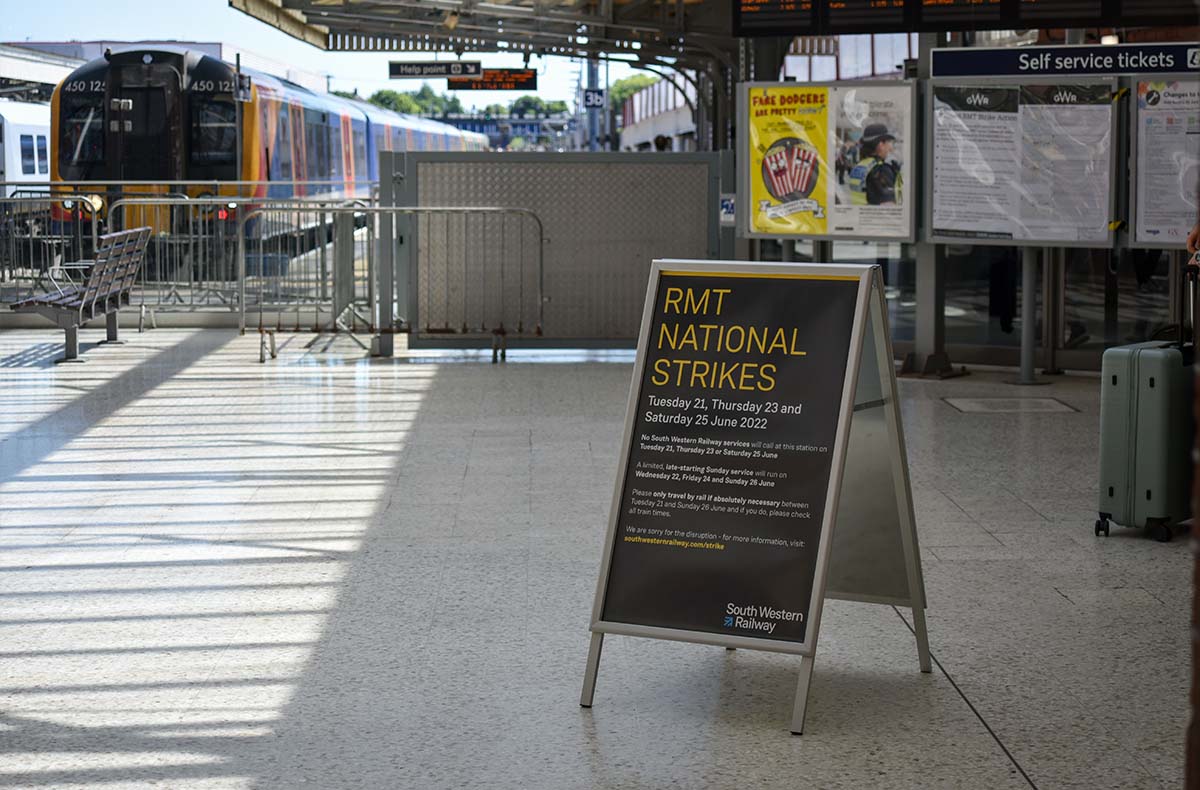
After months of political turmoil at Westminster, which has seen three Conservative Prime ministers and four Chancellors since the summer, British politics looks to be settling back into more normal rhythms. However, the stone in the shoe of many MPs is that we are now beginning the slide into what will be a protracted election campaign. Already the parties are choosing their candidates for what is widely expected to be a nationwide poll in two years’ time.
This demonstrates just how febrile things were of late. For Labour as well as the Tories, all the talk in Parliament had been of an impending general election, brought about by the seizures of the financial markets on coming into contact with the wildly unorthodox economic policies of Liz Truss and her Chancellor, Kwasi Kwarteng.
Truss has been replaced as Prime Minister by the surer-footed Rishi Sunak, the runner up in the Conservative leadership contest of the summer. What remains is a stonking poll lead for Labour, the likes of which has not consistently been seen for a quarter of a century, when Tony Blair was on the cusp of moving into Downing Street.
For the current Leader of the Opposition, Keir Starmer, this is dreamlike territory. For the Tories, it’s a nightmare.
On top of an energy crisis which has left people deeply worried about paying their bills, inflation is running at levels comparable with the 1970s. The legacy of the short-lived Truss era is more taxes for many, alongside a sharp spike in mortgage repayment rates.
After a dozen years of the Tories, most people in Britain are likely now to feel poorer and remain so as far as official forecasts are willing to predict. This has even led to the new Chancellor, Jeremy Hunt, being savaged by newspapers normally loyal to the Conservatives—the Daily Mail screeching “Tories Soak The Strivers” in its frontpage splash.
All in all, it’s the worst possible climate a party has faced in trying to remain in office since Britain crashed out of the European Exchange Rate Mechanism (ERM) in 1992 under John Major. Therefore, it’s also the best shot Labour has had at taking power since the mid-1990s.
Yet for both Starmer and Sunak, there are ways to win and to lose. Politics rarely runs in a straight line, and the old saying from Harold Macmillan about being blown off course by “events dear boy, events” is worth bearing in mind.
The Conservatives seem not only divided but out of ideas and energy, yet they hope that by hanging on deep into the Parliamentary term, perhaps to the winter of 2024, a reasonable pitch to the electorate can be made.
As it was in 1992 when Major, having taken over from Margaret Thatcher eighteen months earlier, pulled off a shock win for the Tories, Sunak’s party will be keen to point to green shoots of recovery and warn that letting Labour into power would undermine the upward economic trajectory.
Broadly, the Conservative message at the election is likely to be: “we have come through difficult times, growth is on the horizon, and it’s best to stick with us because we are getting the job done.”
That is powerful because politics, for all its complexities, is really all about messaging in primary colors. Think here about the mandate-winning success of Boris Johnson’s “Get Brexit Done” slogan when the country went to the polls in 2019.
So, it is up to Labour and Starmer to counter. The party’s strategy is clear even at this stage: rewind again to Blair and the long run up to the 1997 election, in which Labour returned to office with the biggest landslide in its history.
The Opposition has charted a cautious path, unwilling to be boxed into making policy or promises it could not keep, especially on the economy. Labour has been highlighting its commitment to being “the party of sound money,” accepting official forecasts of a £55bn gap in the public finances. That is straight from the playbook of ’97, when Labour committed themselves to existing Tory spending plans for the first two years of the new parliamentary term. It is about bomb-proofing every commitment, policy, and position so that the party is less likely to come under attack from the media or political opponents.
Of course, this is not the 1990s: the problems people face now are not exactly the same as those faced then, and Labour must be alive to that reality. Likewise, Starmer’s “steady as she goes” approach may only take him so far.
The recent Tory implosion is itself no guarantee of success in a political and media cycle that moves at lightning pace. The Conservatives have long proven to be an election-winning machine and will not simply cede power of their own accord. Britain—or more precisely England—may yet need to be given a set of compelling reasons not to vote for the party which has managed to stay in Downing Street over the course of the past four elections.
Though the Tories are badly damaged, they are not yet without hope, and Sunak will have no wish to be a fag-end Prime Minister. So, for both Labour and Conservative leaders, all is still to play for.


